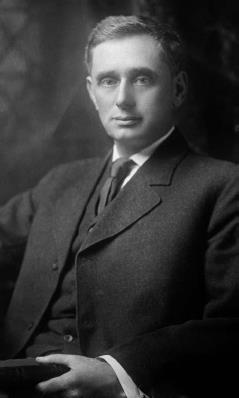The Taft Court (1921–30)First Amendment |
In what famous decision did the Taft Court uphold California’s criminal syndicalism law? |
The Taft Court unanimously rejected a First Amendment challenge to California’s criminal syndicalism law in Whitney v. California (1927). Criminal syndicalism laws were passed to keep dissident political groups from disrupting industry and inciting political rebellion. The laws targeted communists, socialists, and other similar dissident groups. Charlotte Anita Whitney was convicted of violating the law as a result of a speech she gave in Oakland, California, on behalf of the Communist Labor Party of California, which supported the International Workers of the World. The California law prohibited persons from organizing, assisting, and assembling together “to advocate, teach, aid and abet criminal syndicalism.” Whitney was arrested during the height of the “Red Scare” when government officials were concerned of a Communist uprising similar to the Bolshevik Revolution in Russia led by Vladimir Lenin.
The majority affirmed Whitney’s conviction and upheld the statute, finding that it did not violate First Amendment freedoms. Writing for the majority, Justice Edward Sanford concluded that the law is not “an unreasonable or arbitrary exercise of the police power of the State; unwarrantably infringing upon any right of free speech, assembly or association, or that those persons are protected from punishment by the due-process clause who abuse such rights by joining and furthering an organization thus menacing the peace and welfare of the State.”
The decision is better known for the concurring opinion of Justice Louis Brandeis, which was joined by Justice Oliver Wendell Holmes. Brandeis’s concurrence, which reads more like a dissent, became a blueprint for the justification of free speech. He wrote that even advocacy of illegal conduct could not justify restricting speech unless the speech incites immediate lawless action, a test that the U.S. Supreme Court would eventually adopt in the 1969 decision Brandenburg v. Ohio. However, Brandeis concurred with the majority because “there was other testimony which tended to establish the existence of a conspiracy, on the part of members of the International Workers of the World, to commit present serious crimes, and likewise to show that such a conspiracy would be furthered by the activity of the society of which Miss Whitney was a member.”

